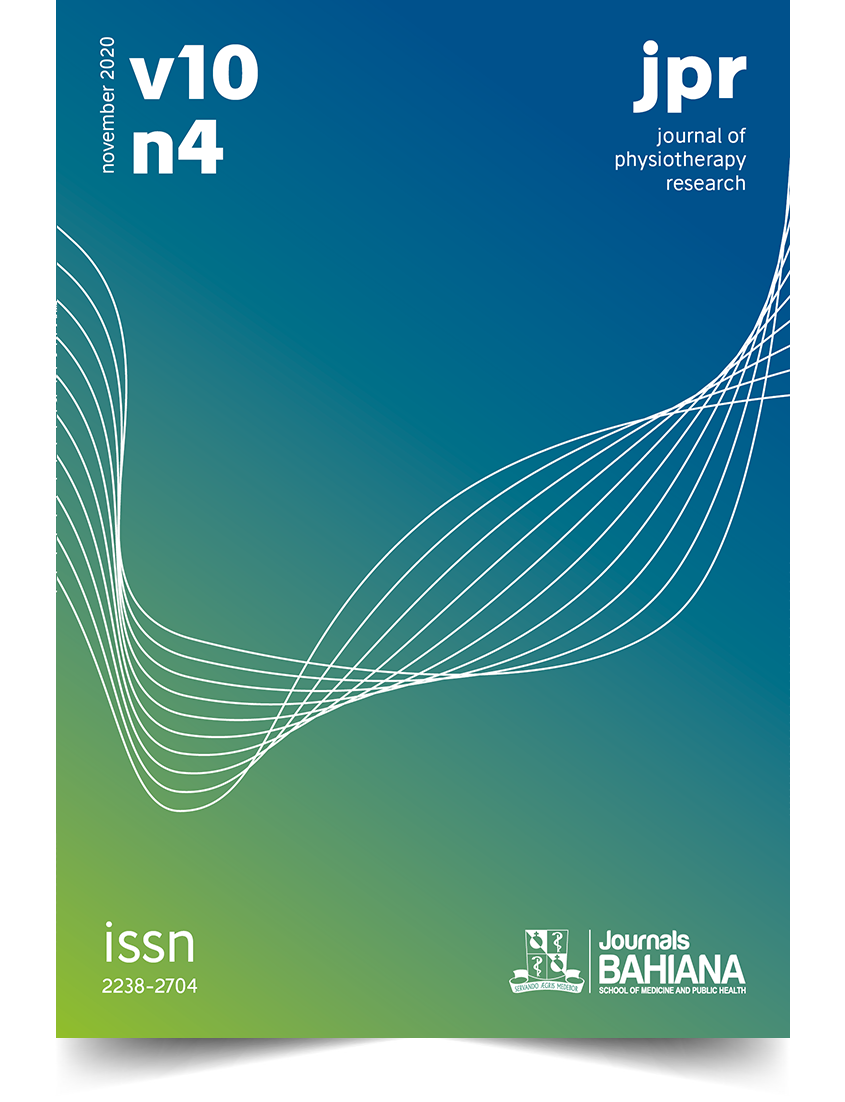Effects of physiotherapy on female urinary incontinence
DOI:
https://doi.org/10.17267/2238-2704rpf.v10i4.3260Keywords:
Urinary incontinence. Physiotherapy. Electrostimulation. Electrical stimulation. Stress urinary incontinence.Abstract
INTRODUCTION: Urinary incontinence is defined as any involuntary loss of urine, with females being the most affected. It is classified into three types: stress urinary incontinence; urgency; and mixed. Physiotherapy in the treatment of urinary incontinence consists of normalization of the tone of the pelvic floor muscles, using kinesiotherapy and transcutaneous electrostimulation of the posterior tibial nerve. OBJECTIVE: To evaluate the effects of physiotherapy on female urinary incontinence. METHODOLOGY: It was a clinical, longitudinal and prospective study. The study included 27 women with a mean age of 57.4 years, diagnosed with urinary incontinence, referred for treatment at the School Physiotherapy Outpatient Clinic. They answered a questionnaire to assess demographic and clinical data and the ICIQ-FS quality of life questionnaire, before and after physiotherapeutic intervention through kinesiotherapy and posterior tibial electrostimulation. RESULTS: Most women had stress urinary incontinence (55.6%), and 33.3% (n=9) reported urinary losses from 01 to 04 years and 33.3% (n=9) from 04 to 08 years. The frequency of urinary losses before treatment in the majority (55.6%) was several times a day and after treatment the majority (55.6%) lost once a week or less. There was a significant decrease in the comparison of the ICIQ Score before and after physical therapy treatment (p< 0.0001). CONCLUSION: Physiotherapy, through kinesiotherapy and electrostimulation, is effective in the treatment of female urinary incontinence.



